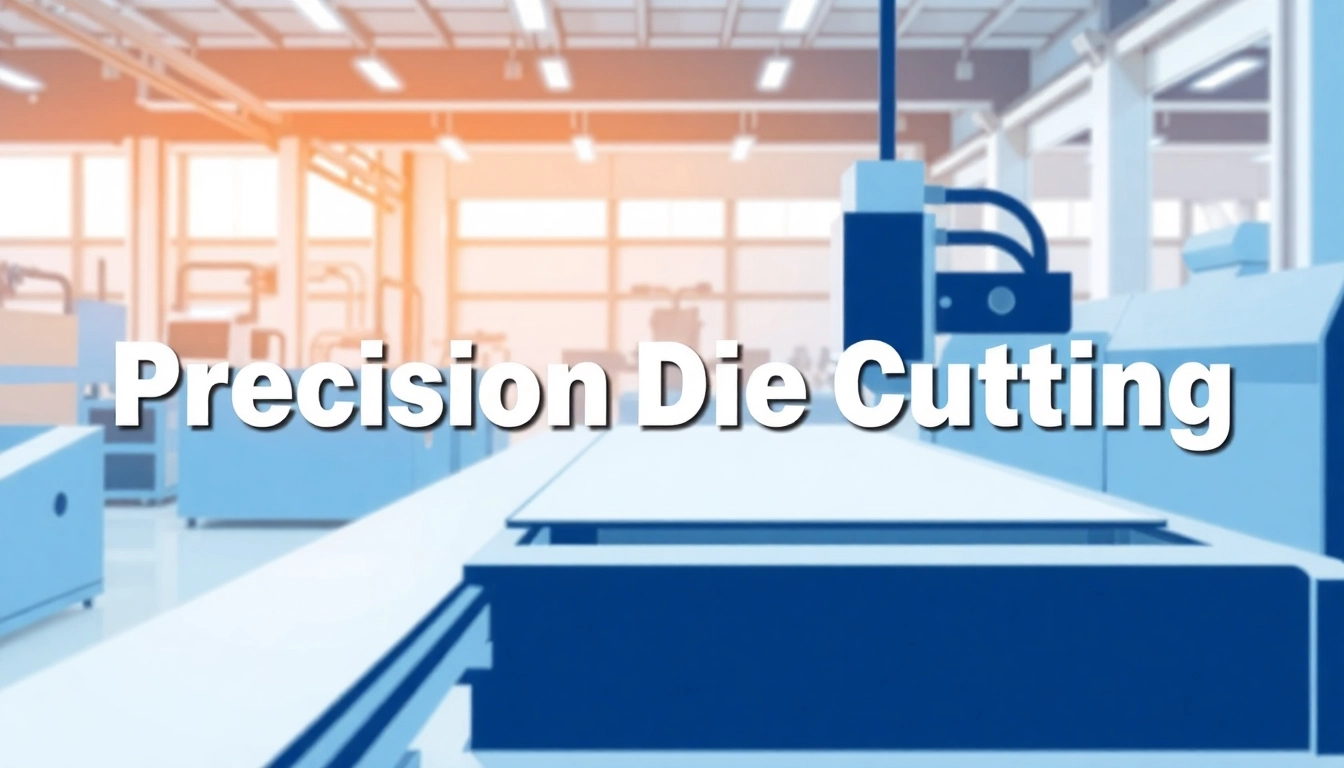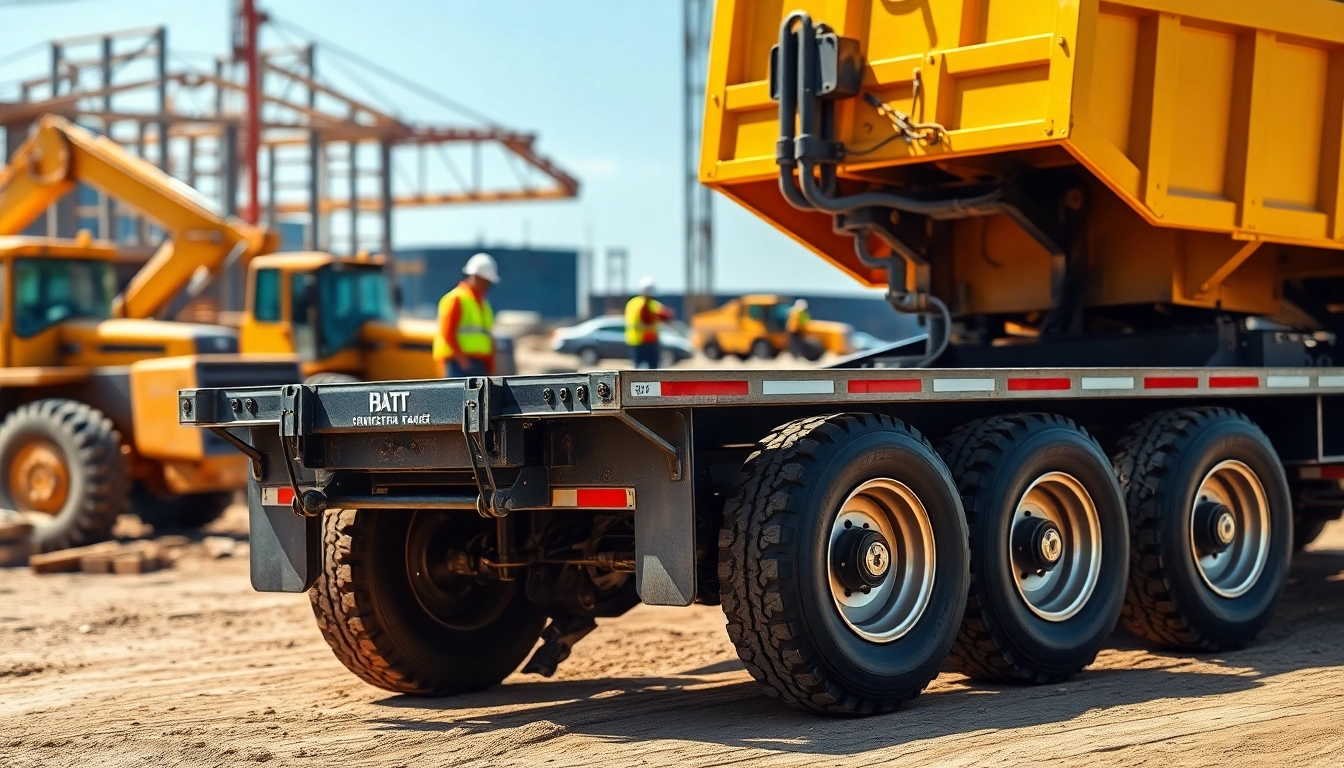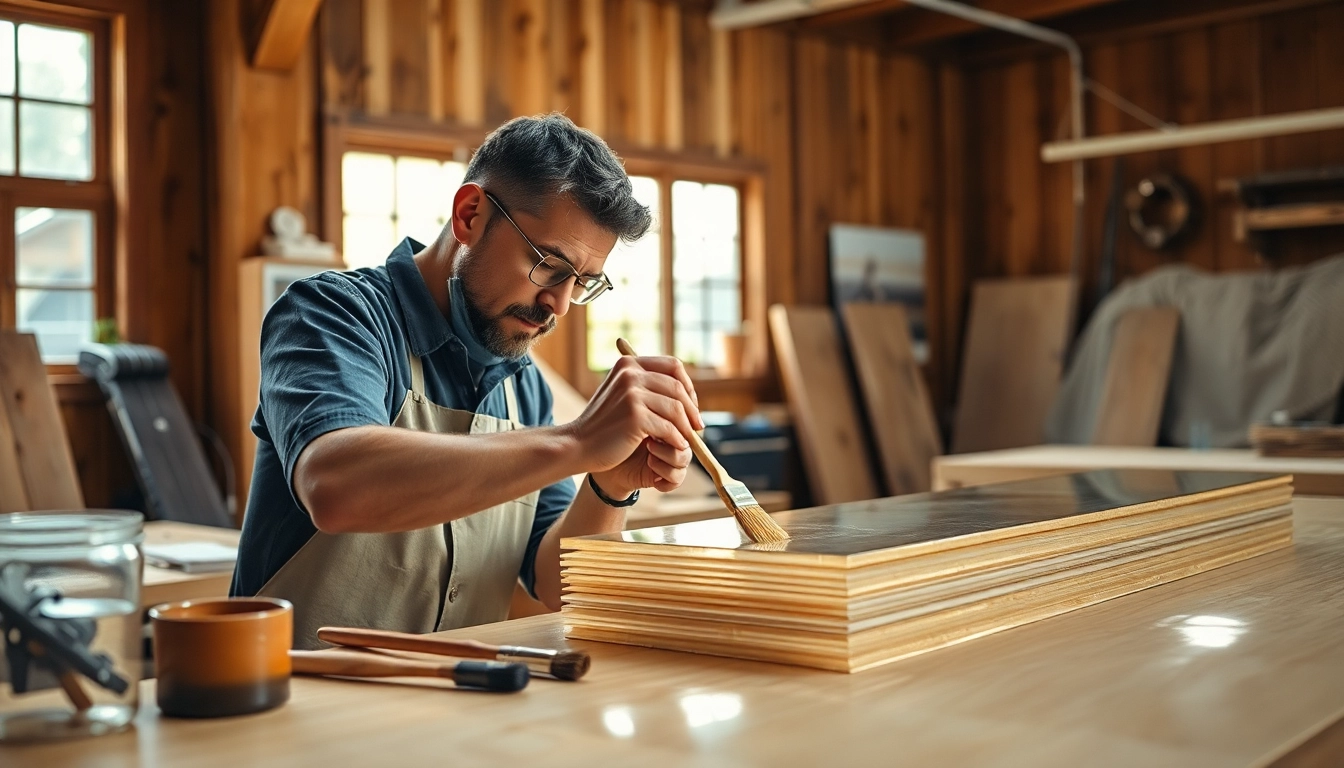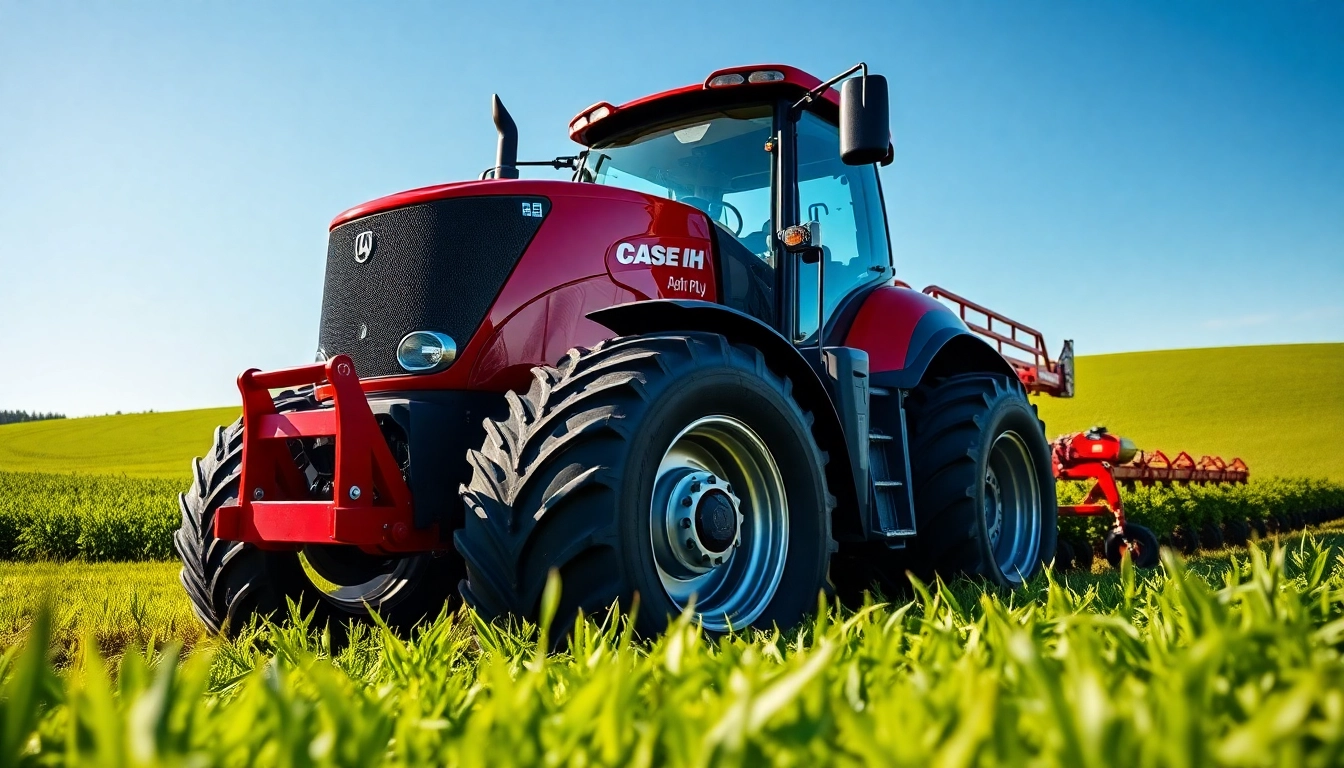Understanding Precision Die Cutting
What is Precision Die Cutting?
Precision die cutting is a manufacturing process that utilizes specialized dies to cut materials into specific shapes and sizes with high accuracy. This method is primarily used across various industries, including automotive, electronics, packaging, and medical. By utilizing precision die cutting, companies can achieve consistent results, minimize waste, and create intricate designs that would be challenging using other cutting methods. The technology combines the mechanical precision of high-speed cutting tools with the versatility of customizable dies.
Applications of Precision Die Cutting
Precision die cutting serves a variety of applications, each benefiting from its accuracy and efficiency. These applications include:
- Automotive Industry: Used for gaskets, seals, and insulation, ensuring components fit tightly and perform as intended.
- Electronics: Facilitates the production of custom components, such as insulation layers and gaskets for devices, enhancing performance.
- Medical Sector: Creates medical device parts, such as wound care dressings and surgical masks, where precision is crucial.
- Packaging: Produces custom packaging solutions, including shipping boxes, displays, and blister packs, that protect and market products.
- Consumer Goods: Tailor-made components for various products, including toys, stationery, and household items.
Key Benefits of Precision Die Cutting
The advantages of precision die cutting extend beyond mere convenience. Key benefits include:
- High Consistency and Accuracy: Ensures that each cut meets strict specifications, essential for quality assurance.
- Cost-Effectiveness: Decreases material waste and optimizes resource usage, leading to lower production costs over time.
- Flexible Design Options: Capable of producing complex and detailed shapes which can be tailored to meet specific needs.
- Speed: Facilitates high-speed production, making it suitable for large-scale manufacturing runs.
- Versatile Material Usage: Works effectively with various materials including paper, cardboard, foam, plastic, metal, and textiles.
The Die Cutting Process Explained
Materials Used in Precision Die Cutting
Various materials can be utilized in precision die cutting, depending on the specific industry needs. Common materials include:
- Cardboard: Widely used in packaging solutions, providing a sturdy yet lightweight option.
- Foam: Essential in products requiring cushioning or insulation.
- Plastics: Used for a range of applications, from automotive parts to consumer goods.
- Metals: Thin metals are often die-cut for precise, durable components in various industries.
Steps Involved in Precision Die Cutting
The die cutting process can be broken down into several key steps:
- Design: The first step involves creating a die design based on the required specifications, utilizing CAD software.
- Die Creation: A die is manufactured, typically from steel, designed to achieve the desired shape and size.
- Material Preparation: The material intended for cutting is prepared, ensuring it is properly aligned and secured.
- Cutting Process: The die applies pressure to cut through the material, creating the intended shapes.
- Finishing: After cutting, additional processes like laminating, folding, or assembling may be applied to complete the product.
Machinery and Tools for Precision Die Cutting
Various types of machinery and tools are used in precision die cutting, including:
- Flatbed Die Cutters: Utilizes a flat surface for cutting, suitable for thicker materials.
- Rotary Die Cutters: Employs cylindrical dies for continuous cutting, ideal for high-speed operations.
- Laser Cutters: Offers precision and intricacy in cuts, with the ability to create complex shapes without physical die.
- Steel Rule Dies: Common in lower volume runs, complementing the traditional die cutting approach.
Choosing the Right Die Cutting Service
Factors to Consider When Selecting a Vendor
Selecting the right die cutting service is crucial for ensuring quality and efficiency. Consider the following factors:
- Experience: Look for a provider with a solid track record in your specific industry.
- Technology and Equipment: Assess if their machinery and technology align with your project requirements.
- Customer Service: Reliable support during the design and production phases is essential for addressing any inquiries or issues.
- Location: Proximity may influence shipping costs and lead times.
Evaluating Quality and Cost in Die Cutting Services
When evaluating die cutting services, balance quality and cost effectively:
- Obtaining Samples: Request samples of previous work to assess their quality directly.
- Understanding Pricing Structures: Be aware of potential hidden costs and the complete project budget.
- Quality Certifications: Check if the vendor has relevant quality certifications that assure adherence to industry standards.
Understanding Turnaround Times
Turnaround times can significantly impact project success. Discuss and clarify:
- Lead Times: Understand their typical production and processing times.
- Rush Jobs: Inquire if they handle expedited services for urgent projects.
- Delivery Methods: Assess available shipping or delivery options to align with your project deadlines.
Common Challenges in Precision Die Cutting
Addressing Tolerances and Specifications
Achieving exact tolerances can be challenging, particularly with varying material properties. Solutions include:
- Thorough Design Review: Ensure designs are optimal for the intended materials.
- Incorporating Tolerance Specifications: Define acceptable tolerances upfront to inform die design and manufacturing.
Material Limitations and How to Overcome Them
Different materials can behave unpredictably during the cutting process. Strategies to mitigate these issues include:
- Testing Material Properties: Conduct tests to understand how specific materials respond to die cutting.
- Pre-Treatment Options: Consider pre-treating materials to enhance their performance during cutting.
Technical Issues During the Die Cutting Process
Technical issues can arise, such as tool wear and alignment errors. Addressing these issues involves:
- Regular Maintenance: Establish a maintenance schedule for equipment to avoid breakdowns.
- Real-Time Monitoring: Utilize technology to monitor production in real-time, allowing adjustments when needed.
Future Trends in Precision Die Cutting
Advancements in Technology and Equipment
The die cutting industry continues to evolve, driven by technological advancements. Notable trends include:
- Automation: Increased automation in die cutting processes improves efficiency and reduces manual errors.
- 3D Printing Integration: The incorporation of 3D printing into die production provides more flexibility and customization opportunities.
Eco-Friendly Practices in Die Cutting
Sustainability is becoming crucial. Eco-friendly practices in die cutting involve:
- Material Substitution: Utilizing biodegradable or recyclable materials wherever possible.
- Waste Reduction Techniques: Implementing processes that minimize scrap material through efficient cutting designs.
The Rise of Customization in Precision Die Cutting
The demand for customization is growing, allowing brands to Stand out with unique offerings. Factors influencing this trend include:
- Consumer Preferences: Changing consumer preferences favor personalized products.
- Advances in Technology: New manufacturing technologies enable easier customization, even at a smaller scale.



